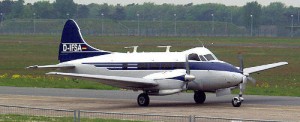 The deHavilland DH-104 Dove was designed as the stressed-skin alclad successor to the wood and canvas Dragon Rapide. The deHavilland Dove first flew in 1945, and was used as a short-haul airliner. As opposed to most larger airliners that competed directly with the cheaper-than-dirt war-surplus DC3s, the smaller Dove sold well. The Dove was also sold under the name Heron, and Sea Heron, to many air-forces and navies around the globe. More than 500 were built, and a few are still in use by smaller operators in the UK, Canada and Germany today.
The deHavilland DH-104 Dove was designed as the stressed-skin alclad successor to the wood and canvas Dragon Rapide. The deHavilland Dove first flew in 1945, and was used as a short-haul airliner. As opposed to most larger airliners that competed directly with the cheaper-than-dirt war-surplus DC3s, the smaller Dove sold well. The Dove was also sold under the name Heron, and Sea Heron, to many air-forces and navies around the globe. More than 500 were built, and a few are still in use by smaller operators in the UK, Canada and Germany today.
Specifications:
Crew: 2
Capacity: 8 passengers
Length: 39 ft 3 in (11.96 m)
Wingspan: 57 ft (17.37 m)
Height: 13 ft 4 in (4.06 m)
Wing area: 335 sq ft (31.1 m²)
Empty weight: 5,725 lb (2,600 kg)
Loaded weight: 8,800 lb (4,000 kg)
Maximum speed: 202 mph at 8,000 ft (325 km/h at 2,400 m)
Range: 1,070 mi (1,720 km)
Service ceiling: 20,000 ft (6,100 m)
Rate of climb: 920 ft/min (4.7 m/s)
Engines: 2 × de Havilland Gipsy Queen 70 Mk.2 engines




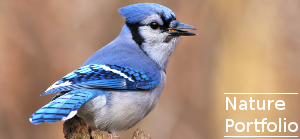
 27/08/2011
27/08/2011
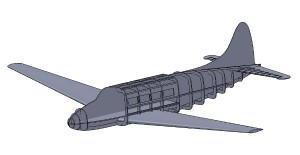














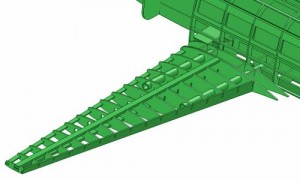
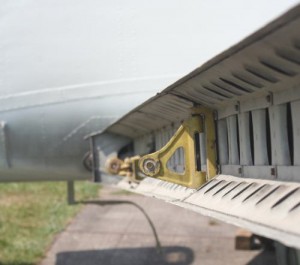
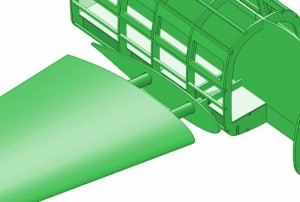 I managed to get a few hours of work done on the Dove – this time on the wing attachment. It is not complete, but it looks great, and it is to scale, including the step in the passenger cabin where the spar crosses the fuselage.
I managed to get a few hours of work done on the Dove – this time on the wing attachment. It is not complete, but it looks great, and it is to scale, including the step in the passenger cabin where the spar crosses the fuselage.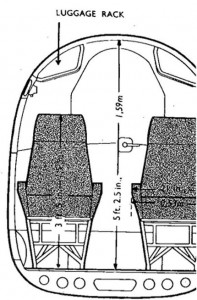
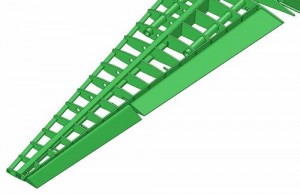
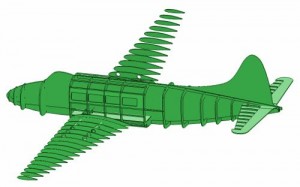
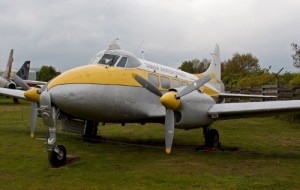
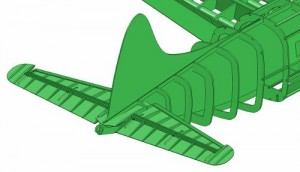
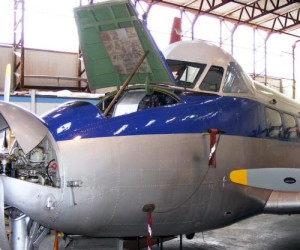
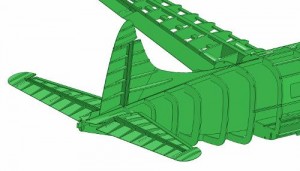
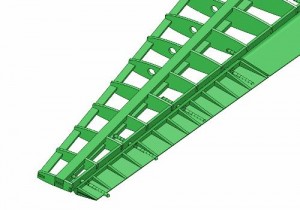
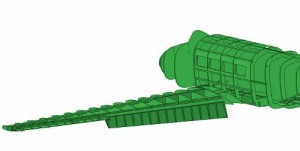
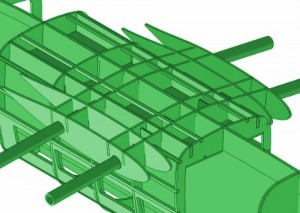

Great work on documenting your project
Do you have surface 3D cad model available in step or iges format? I just need the lofted OML
Regards,
Daniel Baca